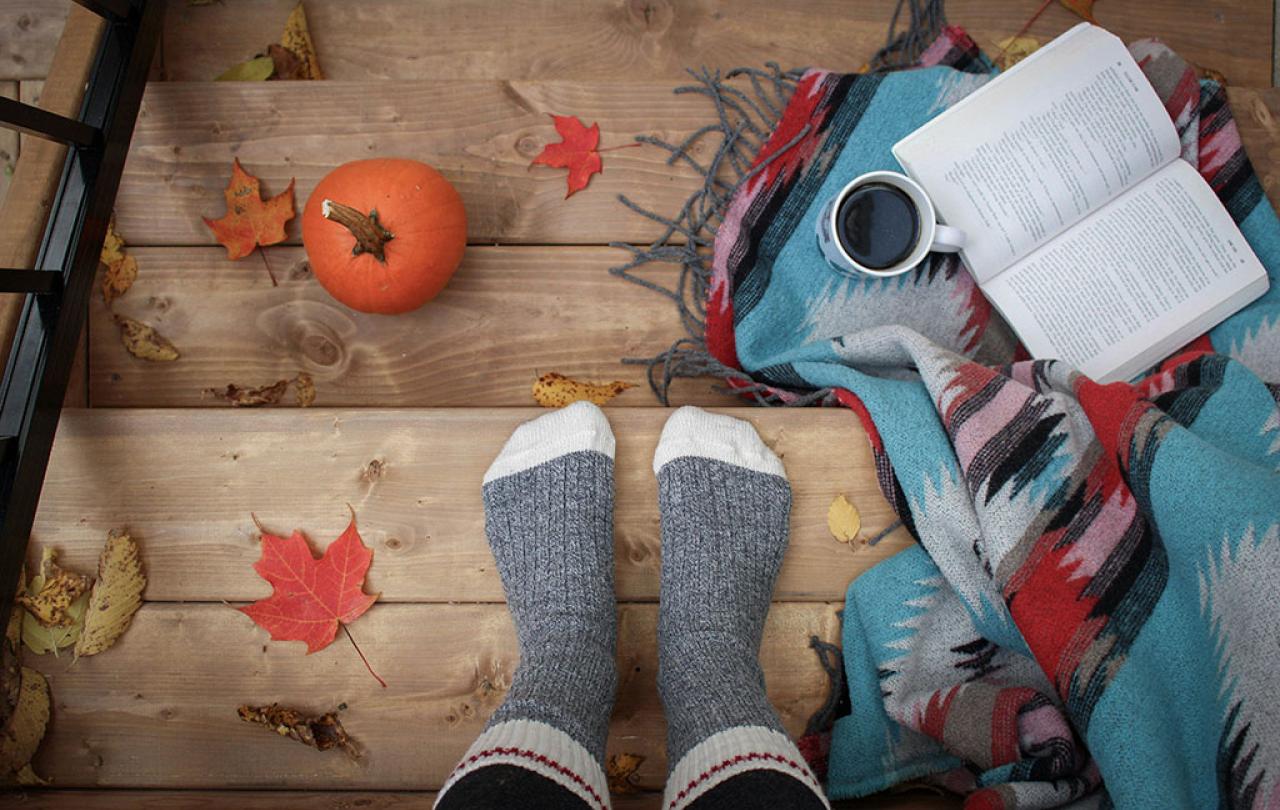That act of neighbourliness made me wonder whether the village that will help raise our daughter is the literal village we live in. Here, there are people who care for this place and the people in it. Here, there is soil into which I can plunge my hands, anchoring me in this time, this place, amongst these people, all of it working to create a web of interdependence and care which I hope will steady us all in the face of a burning and unknowable future. But we’ve only been here a couple of years, and our stories don’t yet intertwine with the roots of the place. That takes time, and interdependence takes my little family being the village for others as well as benefitting from it. And there are days when I feel I have little capacity to reach out to others.
Living in a small rural village can also be hard. A welcome is not guaranteed, relationships often have to bridge real difference. And whilst historically the village was a physical place with clear edges, family roots, and familiar neighbours, that’s now not most people’s reality. My husband and I have lived in various places over the years, our scattered friends part of our journey still, even at a geographic distance. Whether or not a scattered village is possible, it knows me in a way that our local village does not and perhaps cannot. It is part of a social fabric that will weave around our daughter, despite not being immediately accessible day to day.
Or perhaps the village is increasingly virtual, made up of likeminded connections we draw near to online. Here I find not hands-on help, but understanding, ideas, encouragement, and a sense of possibility, even amongst people that don’t know me especially well. I find sustenance here, but I also know I close off real life encounters - and a more nuanced and unfiltered understanding of the world, of difference, of community - by investing in self-selecting online communities. And I want my daughter to encounter difference, to know that people can love and be loved even when they are nothing like her.
Online community is vital for me, and it is also lacking. Physical local community is vital for me, and it is also lacking.


